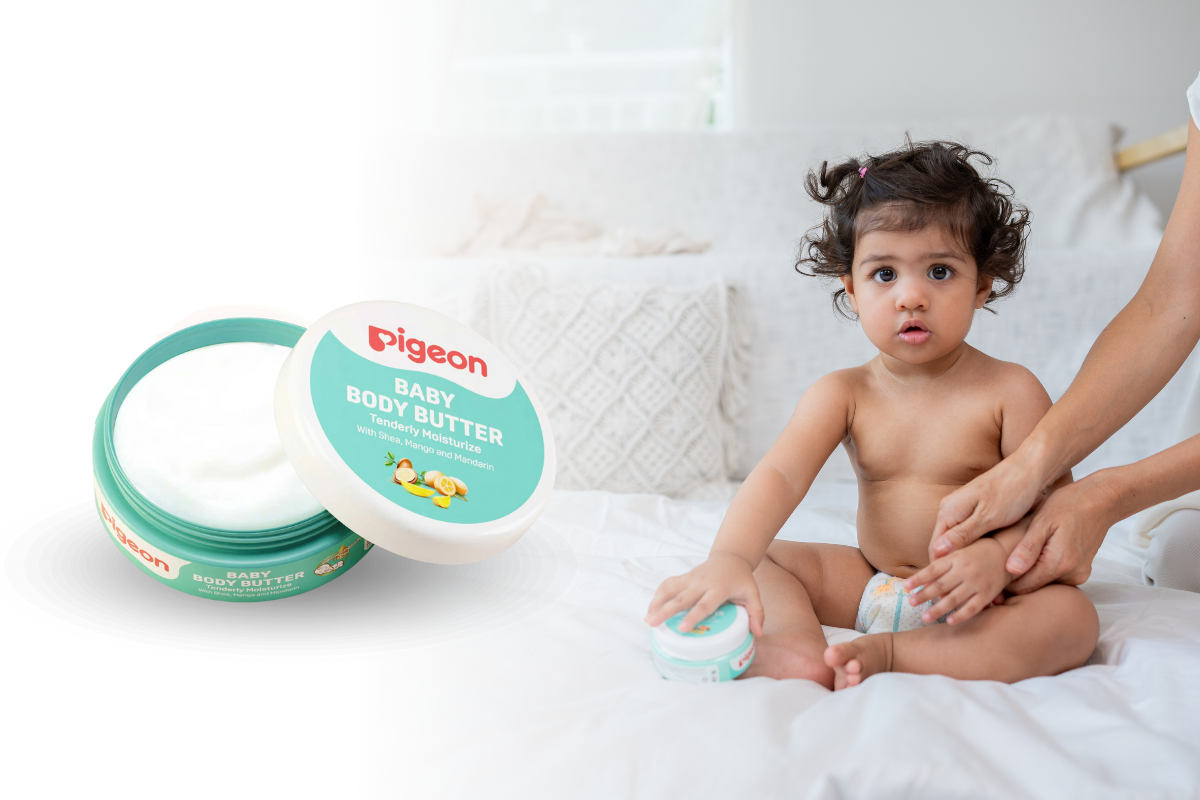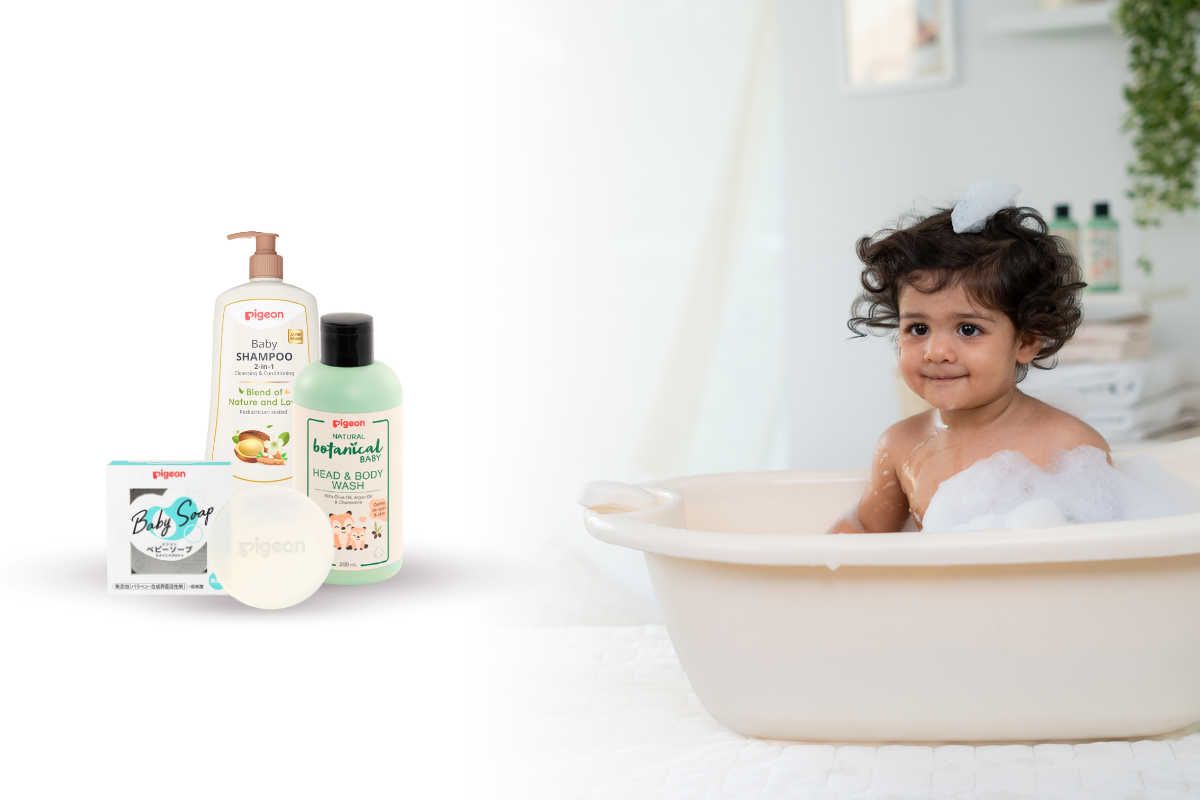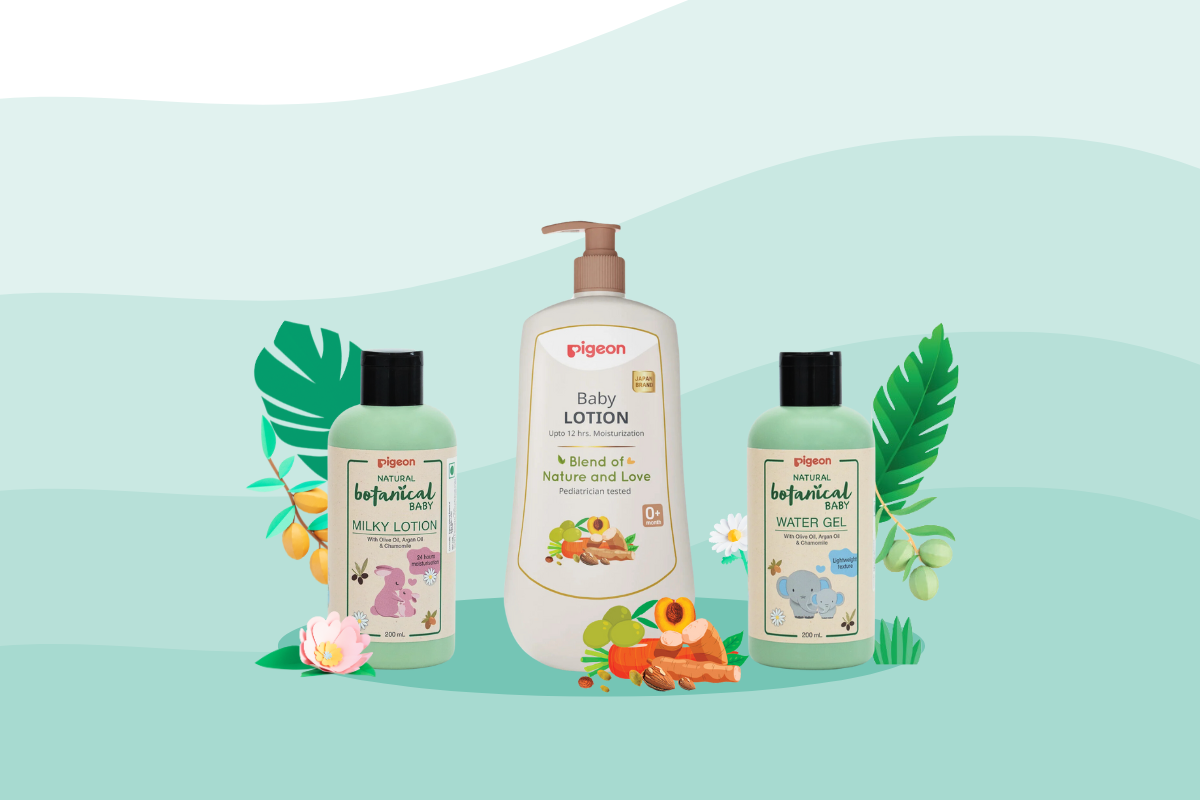Relax, and establish a breastfeeding style that suits you and your baby.
Signs and reasons that your baby can’t latch on well
It takes some time to learn to breastfeed a newborn baby appropriately because both you and your baby are not used to it.
Sometimes the baby can't latch on to the breast well, or can’t keep sucking.
If the following signs are present, then there is a possibility that your baby is not latching on well.
- Nipple is flat or has streaks
- Nipple hurts
- Breasts engorge
- Suckling callus on baby's lips
If your baby can't latch on well, your nipples may hurt after breastfeeding or your breasts may feel engorged because enough breastmilk wasn't taken. It may be hard until you get used to it, but be patient and continue breastfeeding until you find the breastfeeding style that suits you and your baby.< br /> We would also explain how to let baby latch on to mother's breast well.
The most important thing to make it easier for your baby to latch on is for both of you to relax. Breastfeeding is a time for the two of you to have physical contact with each other and nurture bonding in a relaxed state. Take it easy and create an environment in which both of you can have physical contact while breastfeeding and in which your baby can latch on at her own initiative.
Reasons for not being able to latch on, and methods of coping
-
Your baby twists her neck when breastfeeding.
Method of coping: Hold your baby close to your breast and keep her face at the same level as the breast, facing it. -
Your baby's mouth isn't open wide.
Method of coping: Tickle your baby's lips with tip of your nipple and wait until your baby opens her mouth wide. -
The breast is so engorged that the nipple is flat.
Method of coping: If your breast is too engorged, express your milk to help the nipple stick out. -
The nipple is inverted.
Method of coping: Use a nipple puller or breast shell to pull the inverted nipple out before breastfeeding.
Reasons for not being able to continue latching on and methods of coping
-
The baby has to stretch, twist or move her neck to continue sucking on the breast.
Method of coping: Hold your baby close to your breast and keep her face at the same level as your breast, facing it. -
Your baby can't breathe while latching on.
Method of coping: Don't bend your baby's head forward. -
Your baby's mouth releases the breast because her head isn't held tightly enough.
Method of coping: Hold your baby with a side hold and hold her head with your hand. -
The breastmilk is released too strongly
Method of coping: If the breast is too engorged, express your milk to help the nipple stick out.




















